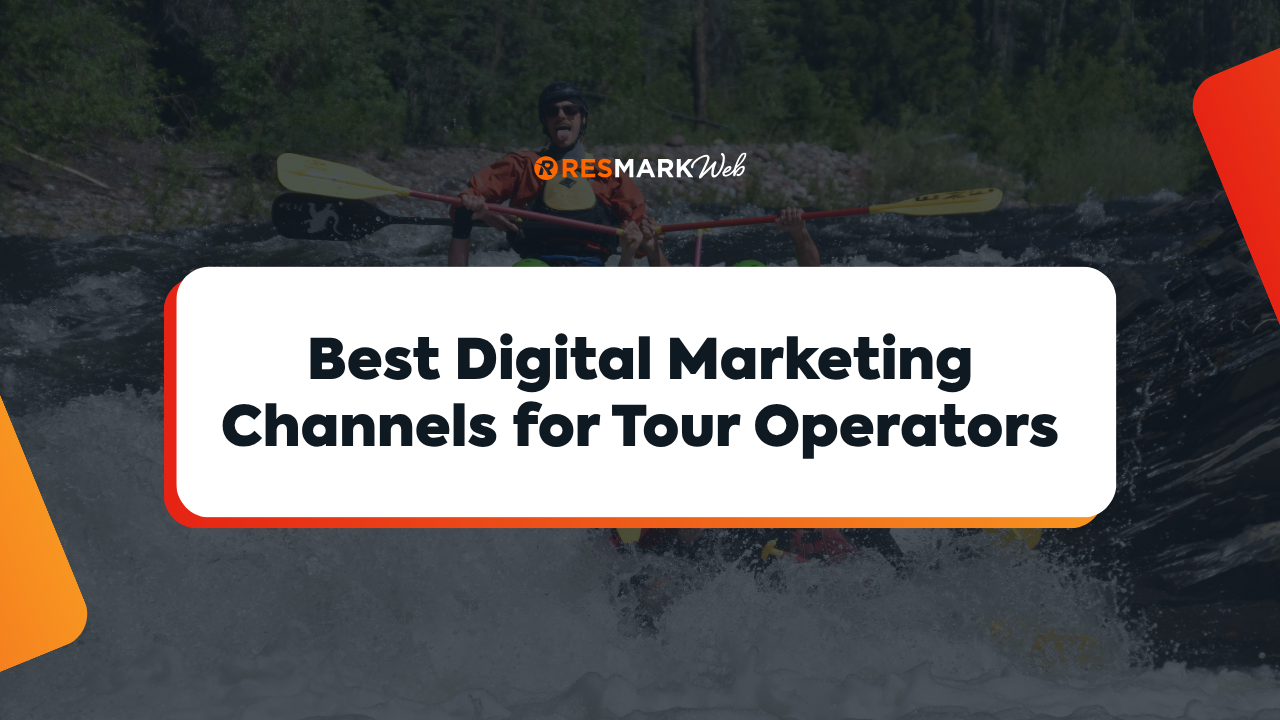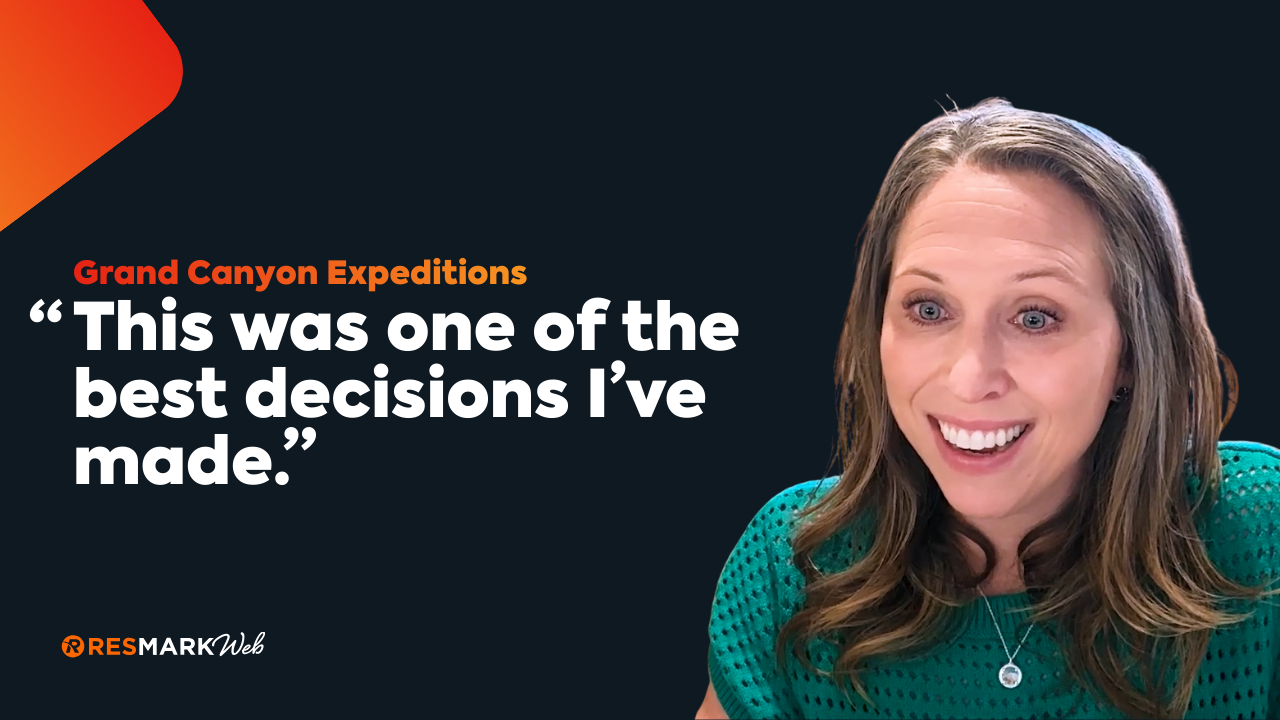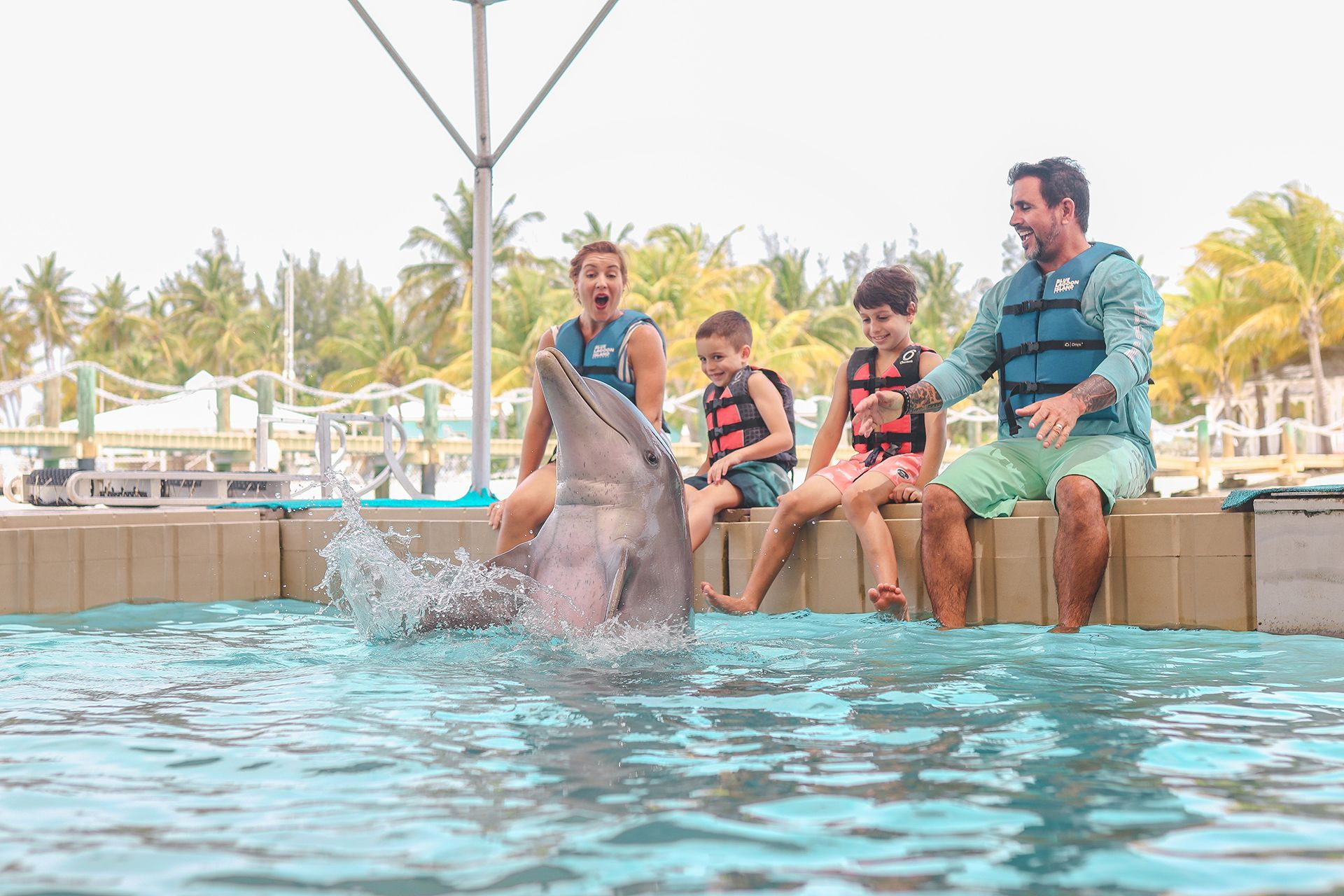Best Digital Marketing Channels for Tour Operators
You don’t have to be everywhere just everywhere that matters. Choosing the right channels for your tourism marketing isn’t about chasing trends; it’s about understanding where your audience actually spends time and how they like to engage.
This part helps you focus on the digital platforms that deliver visibility, trust, and bookings. Whether you’re just starting or reshuffling your marketing budget, let’s talk about where it counts.
Set up and optimize your Google Business Profile
Google Business Profiles are often a guest’s first impression. Make sure yours includes:
- Up-to-date business info
- High-quality images
- Keywords in descriptions
- Responded-to reviews (even if you get some negative reviews)
- Frequent posts and updates
If you’re not regularly maintaining your profile, you're missing out on valuable FREE visibility in local and map-based search results. At ResmarkWeb, we optimize Google Business Profiles for our clients as part of a broader SEO strategy. But if you’re not working with a marketing team, it’s even more important to take ownership of this yourself.
Staying on top of your Google Business Profile is one of the simplest, most impactful steps you can take to improve your local presence and build trust with potential guests. Plus, I’ll mention it again… It’s FREE.
Get listed on key OTAs
Yes, we know, there’s a love-hate relationship with OTAs in the travel industry. The commission fees can hurt, and you may prefer to own the entire booking process. But here’s the truth: if you’re not on them, you could be missing out on major exposure.
Online Travel Agencies like Viator, TripAdvisor, and GetYourGuide are powerful discovery engines where millions of travelers search and book experiences every day. Even if your goal is to drive more direct bookings, having a presence on these platforms can help you:
- Build visibility and brand awareness
- Earn trust through reviews and ratings
- Funnel interested traffic to your website
- Capture bookings from travelers you wouldn’t have reached otherwise
If you’re worried about relying on them too heavily, think of OTAs as just one channel in a diversified marketing mix… not the whole strategy. Many operators use OTAs to fill gaps during slow seasons or launch new tours while continuing to grow their direct booking funnel through SEO, email, and paid ads.
Write consistent, useful blog content
Blogging is still one of the most effective ways to build organic traffic, establish authority, and support your digital marketing strategy long-term. When done well, blogging helps you:
- Rank for long-tail keywords that reflect how travelers actually search (e.g., “best time to visit Antelope Canyon” or “family-friendly adventures near Moab”)
- Build trust and credibility by showcasing your local knowledge and passion
- Answer guest questions in advance, which leads to more confident and qualified bookings
The key is to focus on practical, evergreen content your audience truly finds helpful. Think packing guides, seasonal travel tips, itinerary inspiration, and behind-the-scenes insights. Then tie it all together with strong calls-to-action that guide readers toward booking, signing up for your email list, or exploring your tours.
Build backlinks to boost SEO
Backlinks are links from other websites that point to your site, and they’re one of the most important factors Google uses to determine your website’s authority and trustworthiness.
How to Earn Backlinks as a Tour Operator:
- Partner with travel bloggers or influencers
- Get listed in tourism directories
- Write guest posts
- Collaborate with local businesses
- Create share-worthy content (guides, itineraries, etc.)
Backlinks don’t just happen you have to earn them. But over time, even a few high-quality links can make a significant impact on your search rankings and help more travelers discover your business.
Optimize for voice search and long-tail keywords
More and more travelers are using voice search to plan their trips. These searches are longer, more conversational, and often phrased as direct questions.
Examples:
- “What’s the best kayak tour near Moab?”
- “Family-friendly things to do in Sydney”
- “Is the Great Chamber in Kanab hard to hike?”
To capture this traffic, focus on natural language and long-tail keywords in your website content, blog posts, and FAQs. Answering questions clearly and conversationally also helps you show up in AI-driven search results.
Run retargeting campaigns
Retargeting is one of the most effective ways to convert visitors who already know your brand.
Run retargeting ads for:
- Website visitors who viewed tours but didn’t book
- Email subscribers who haven’t taken action
- Social media engagers who liked or commented on your posts
Platforms like Meta Ads and Google Ads let you build custom audiences based on behavior like visiting a specific tour page, abandoning checkout, or downloading a lead magnet. From there, you can serve up tailored ads with booking reminders, limited-time offers, or fresh content.
- PS: Make sure your Facebook Pixel is properly installed on your website.
Claim and monitor all local listings
Your Google Business Profile is important, but it shouldn’t be your only local listing. Make sure your business is also listed on:
- Apple Maps
- Bing Places
- Yelp
- Local tourism directories
Consistent listings across platforms help improve local SEO, increase visibility in map results and voice search, and build trust with potential guests.
Update tour info, hours, and photos. Most importantly, respond to reviews good or bad. Engagement shows you care and boosts your credibility.
Time to Choose
You don’t need to be on every platform just the ones that matter most to your audience.
Revisit the full
Guide to Digital Marketing for Tourism Businesses
or continue to Part 4:
Social Media & Email Marketing That Actually Converts



